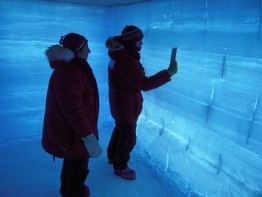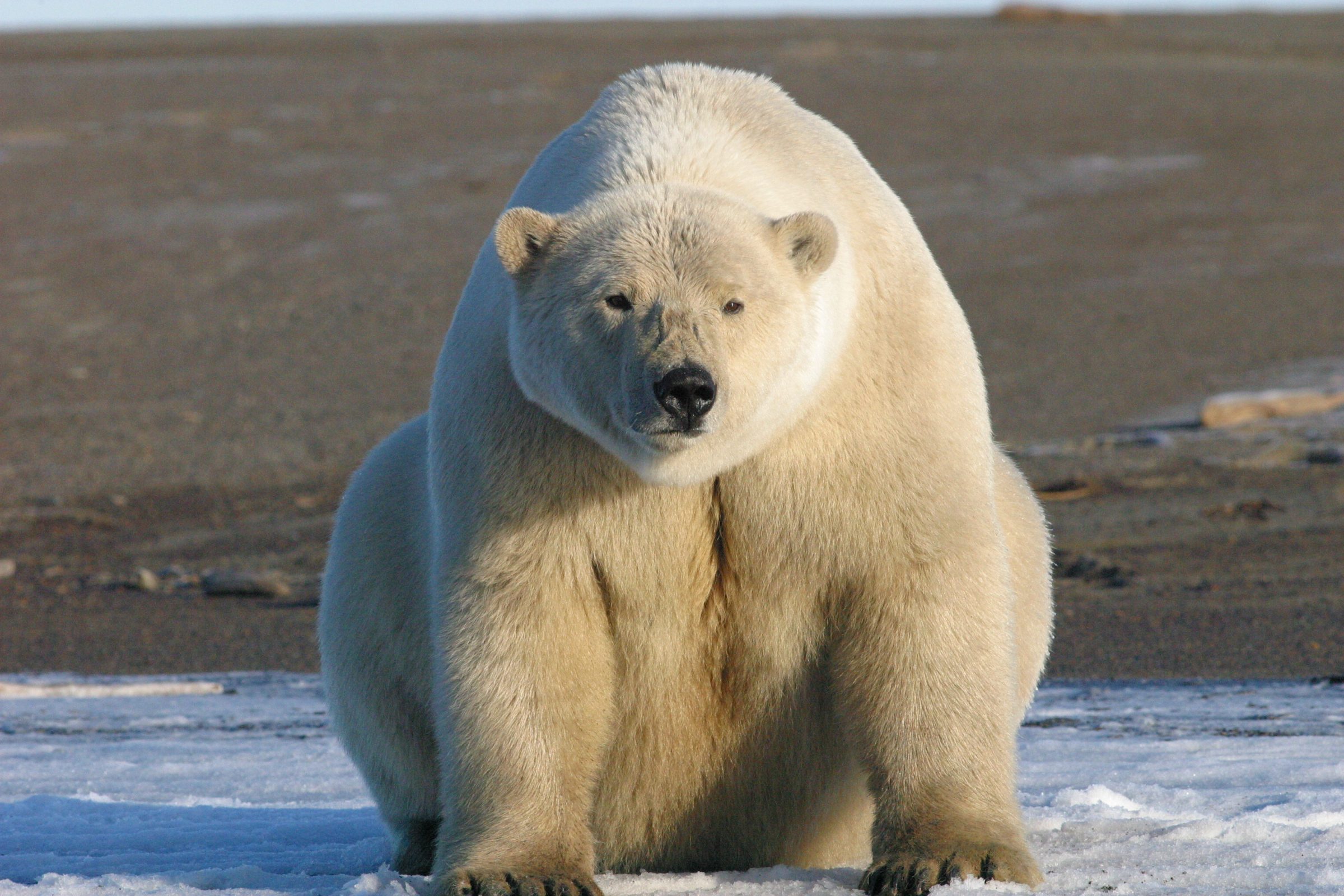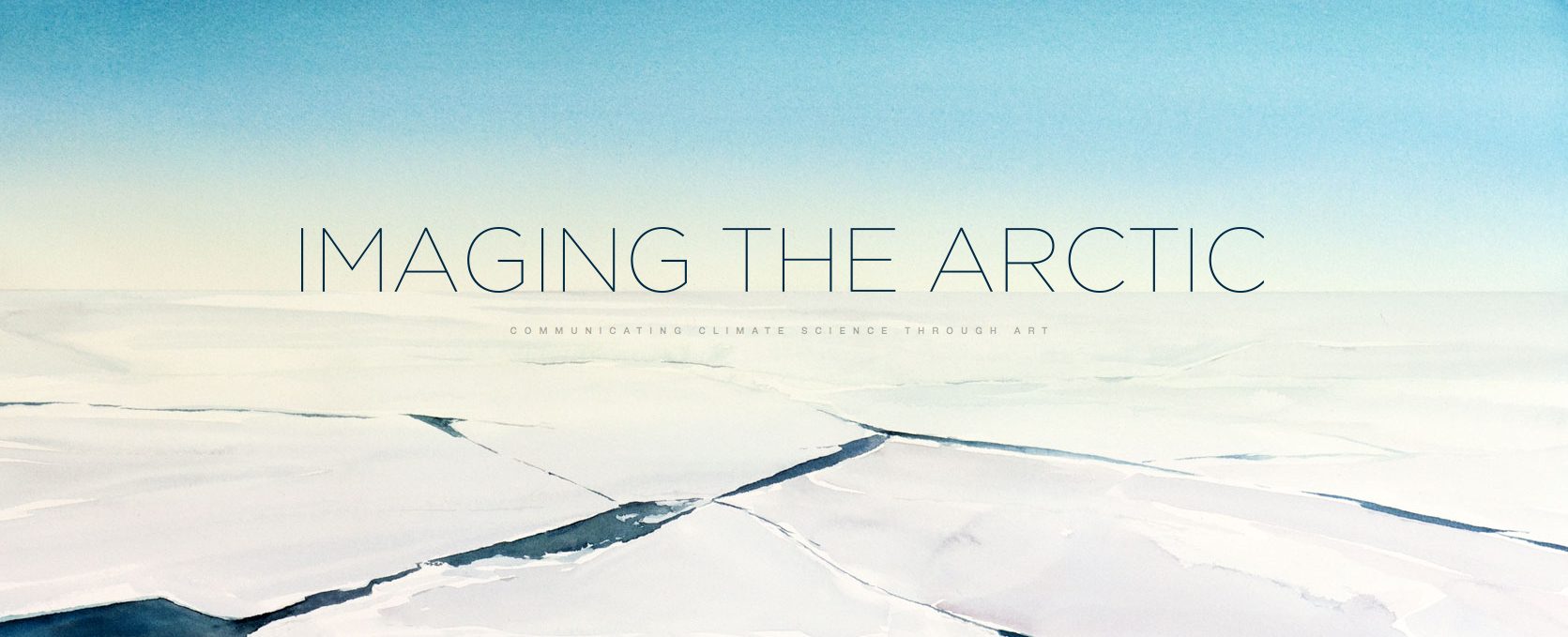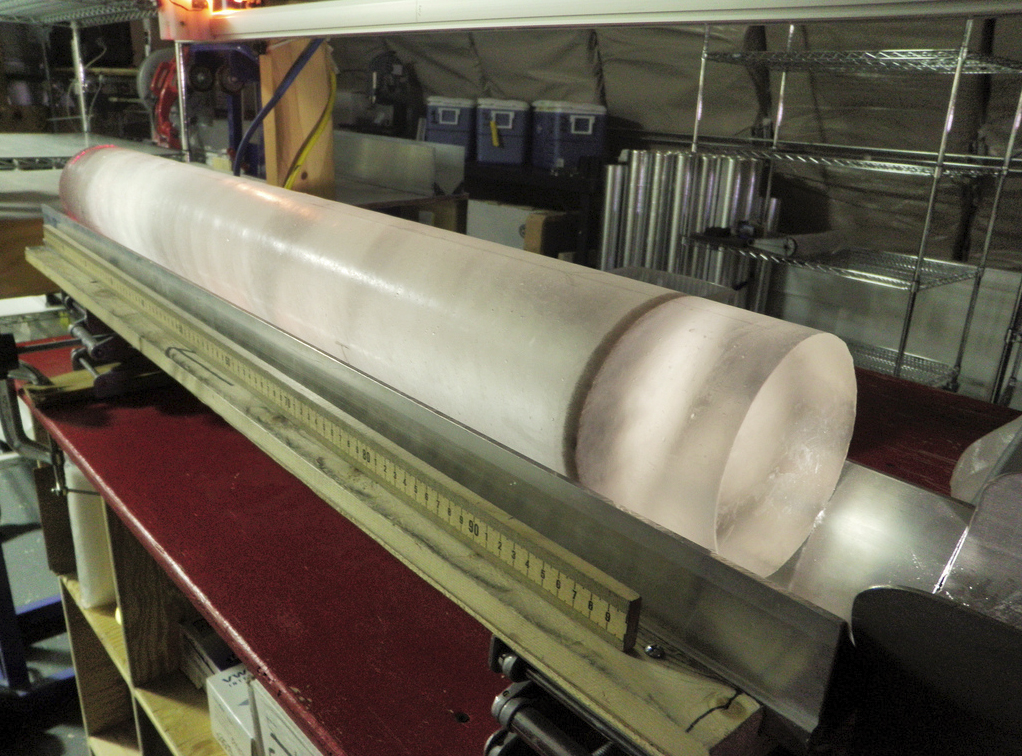The Ecosystem Studies of Sub-Arctic Seas Program (ESSAS) will hold its 10th Annual Science Meeting in Seattle over three days, beginning June 15. Cosponsored by the College of the Environment, and in coordination with the Future of Ice Initiative, the meeting will feature several speakers who will address topics associated with the ecosystem changes being documented or predicted in the Arctic and sub-Arctic, and the effects those are having on people and economies connected to the region.
Read more »Antarctic ice core shows northern trigger for ice age climate shifts
University of Washington scientists in the Department of Earth and Space Sciences were part of a multi-institutional research team that has discovered a consistent link between abrupt temperature changes in Greenland and Antarctica during the most recent ice age. Using evidence trapped in ice cores from the West Antarctica Ice Sheet, the team from UW used analyses of oxygen molecules in the ice to uncover precise records of Antarctica’s temperature history.
Read more at UW Today »UW scientist leads multinational study on the future of Arctic marine mammals
Aquatic and Fishery Sciences’ Kristin Laidre and a team from across the globe just published their findings on what the future looks like for Arctic marine mammals, whose fragile habitats are shifting as a result of sea ice loss and warming temperatures. Their recent study, published in Conservation Biology, found that reductions in sea ice cover are “profound” and that the Arctic’s traditionally short, cool summers are growing longer in most regions by five to 10 weeks.
Read more at UW Today »Imaging the Arctic
Imaging the Arctic is an interdisciplinary project and exhibition that explores the ecology and culture of West Greenland through the work of University of Washington marine mammal biologist Kristin Laidre, expeditionary artist Maria Coryell-Martin, Finnish photographer Tiina Itkonen, and graphic novelist Owen Curtsinger. The project is oriented around Laidre’s research on the impact of climate change in the Arctic, and sea ice loss on narwhals and polar bears.
Read more on the Imaging the Arctic website »New study shows three abrupt pulses of CO2 during last deglaciation
A new study led by Oregon State University, with significant contributions from the University of Washington, shows that the increase of atmospheric carbon dioxide that contributed to the end of the last ice age more than 10,000 years ago did not occur gradually but rather was characterized by three abrupt pulses. Scientists are not sure what caused these abrupt increases, during which carbon dioxide levels rose about 10 to 15 parts per million—or about 5 percent per episode—during a span of one to two centuries.
Read more at UW Today »





